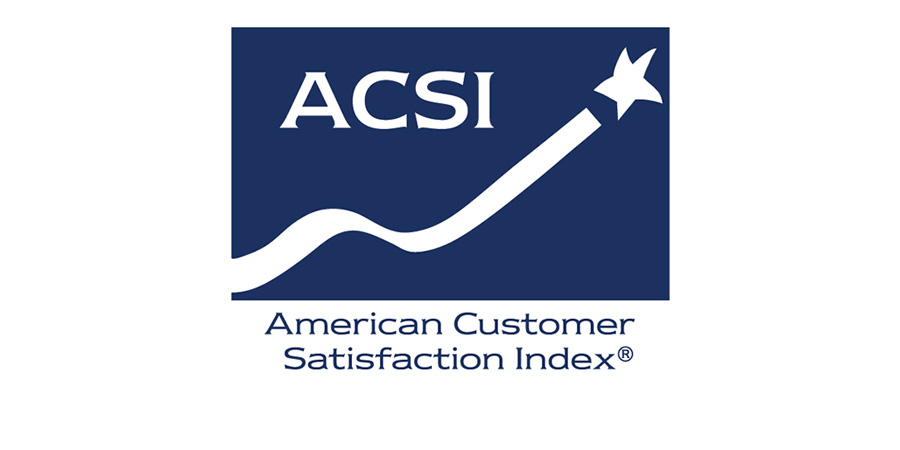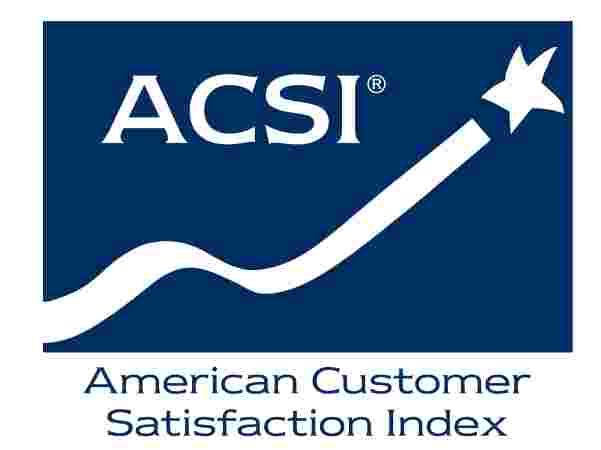
The American Customer Satisfaction Index (ACSI) has a proven relationship with customer spending, shareholder value, cash flows, business performance and GDP growth. The technology upon which it is based is backed by over 70 years of rigorous scientific inquiry in the fields of consumer psychology and psychometrics, coupled with advanced analytic techniques from statistics, econometrics, and chemometrics. While applicability of the ACSI technology to the management of commercial product and service companies has been repeatedly demonstrated in the literature, this paper provides a basic description of the underlying analytic technology.
The purpose of this paper is to provide the reader with an overview of how the ACSI technology, as delivered by CFI Group, meets the performance measurement requirements of the business community and improves the management and delivery of products and services to customers. This is accomplished by:
- Describing the rigorous methodology used by CFI Group to harness the power of the ACSI technology. This section focuses on highlighting the critical elements of the methodology that provides highly accurate measurement coupled with sensitive diagnostic and powerful prognostic capability.
- Summarizing the major components of the technology as implemented by CFI Group and the benefits realized by managers.
- Comparing the ACSI technology base with some of the more common alternative methodologies offered by competing firms.
- Reviewing the results achieved by CFI Group clients with a brief compendium of case studies illustrating many of the points made throughout the paper.
- Providing technical appendices with in-depth discussions of various aspects of the ACSI technology as implemented by CFI Group.
- Documenting the scientific nature of the ACSI technology by numerous references to secondary literature throughout the paper and in the bibliography.
Other Resources
- Date
- December 12, 2017
center Description You probably already have a very good idea of what drives customer satisfaction. Customer service professionals can generally create surveys that, on the surface, […]- Date
- March 13, 2017
center How to Ensure Long-Term Profitability through Customer Satisfaction icon Description In today’s competitive marketplace, customer satisfaction is critical to long-term profitability. Customers whose needs and […]- Date
- March 13, 2017
center Description Applying the American Customer Satisfaction Index (ACSI) Technology to the Management of Government Services: Rationale, Rigor and Results The Government Performance and Results Act […]- Date
- March 12, 2017
center Description CFI Group Delivers American Customer Satisfaction Index (ACSI) Methodology: National Measure of Quality and Predictor of Corporate Performance Established in 1994, the American Customer […]






